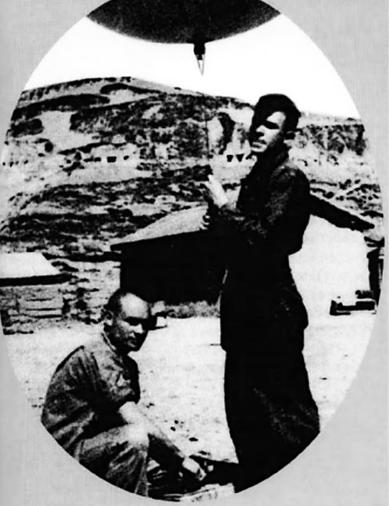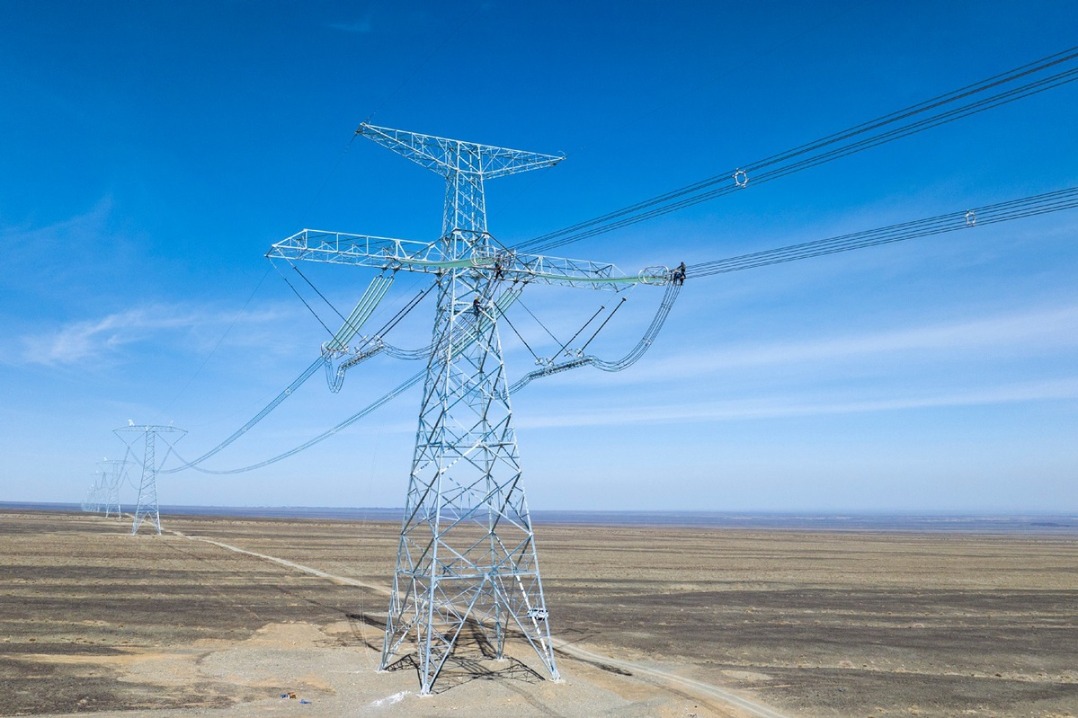Weather forecasting pioneered during war
In 1945, Communist, US forces worked together to establish meteorological assets


That summer, the US Army Observation Group arrived in Yan'an to discuss the possibility of establishing weather observation stations across the region. They also proposed establishing weather stations in Communist-controlled areas and deploying US personnel to collect data, which raised concerns over national sovereignty, Yang said.
Wang Zheng, then director of the Third Bureau of the Central Military Commission, refused their request. "We would rather forgo any equipment than compromise our national sovereignty. If you are sincere, offer guidance in teaching. Our weather stations will be built by our own graduates," Wang said at the time.
The two sides made an agreement that the US would supply equipment and training, while the Chinese would staff and run the stations. The Qingliang Mountain Meteorological Training Team was then formed and had instructors, including US military meteorologists and Zhang Naizhao, a Tsinghua University meteorology graduate who also played the role of interpreter.
During the three-month training course, the trainees studied atmospheric science, observation techniques and wireless communication. There were no desks, electricity or proper paper. Classes often took place outdoors when the weather allowed.
The lecture notes were scrawled on the backs of old books or reused pamphlets. Evenings were dimly lit by makeshift lamps fashioned from used ink bottles, according to the introduction at the exhibition center of meteorological development in Yan'an.
In May 1945, during the graduation ceremony of the first class, Ye Jianying, chief of staff of the Central Military Commission, who would become a marshal in 1955, addressed the new meteorologists. "You are the first generation of meteorological workers in our Party and our army. Your work marks the birth of our meteorological endeavor," Ye said.
Soon after, six weather stations were established by the graduates in the CPC-led Shaanxi-Gansu-Ningxia area and revolutionary base areas in Shanxi, Hebei, Shandong and Henan provinces. They carried their instruments, along with portable radio sets, on muleback through forests and over mountains, setting up stations that would prove critical to both combat and flight operations.
Ge Shimin, one of the 21 trainees, was dispatched to Chi'an village, Shexian county, a Communist-led base area in today's Hebei province.
"I conducted observations twice a day, morning and evening, recording temperature, air pressure, and identifying cloud types with my eyes. I also visually estimated cloud height and visibility range. After compiling the data into a telegram, I sent the consolidated weather information to the Dixie Mission in Yan'an," Ge recalled in his book Days in Chi'an.
























